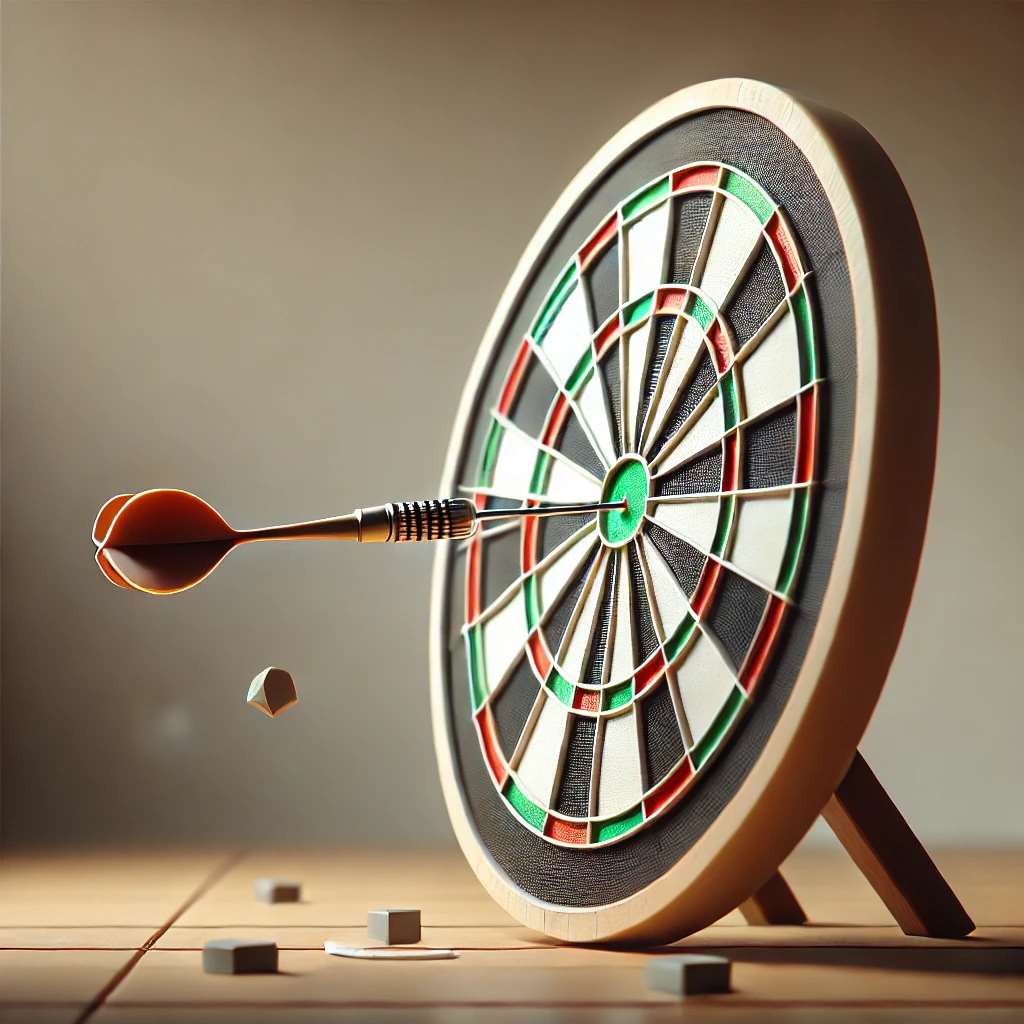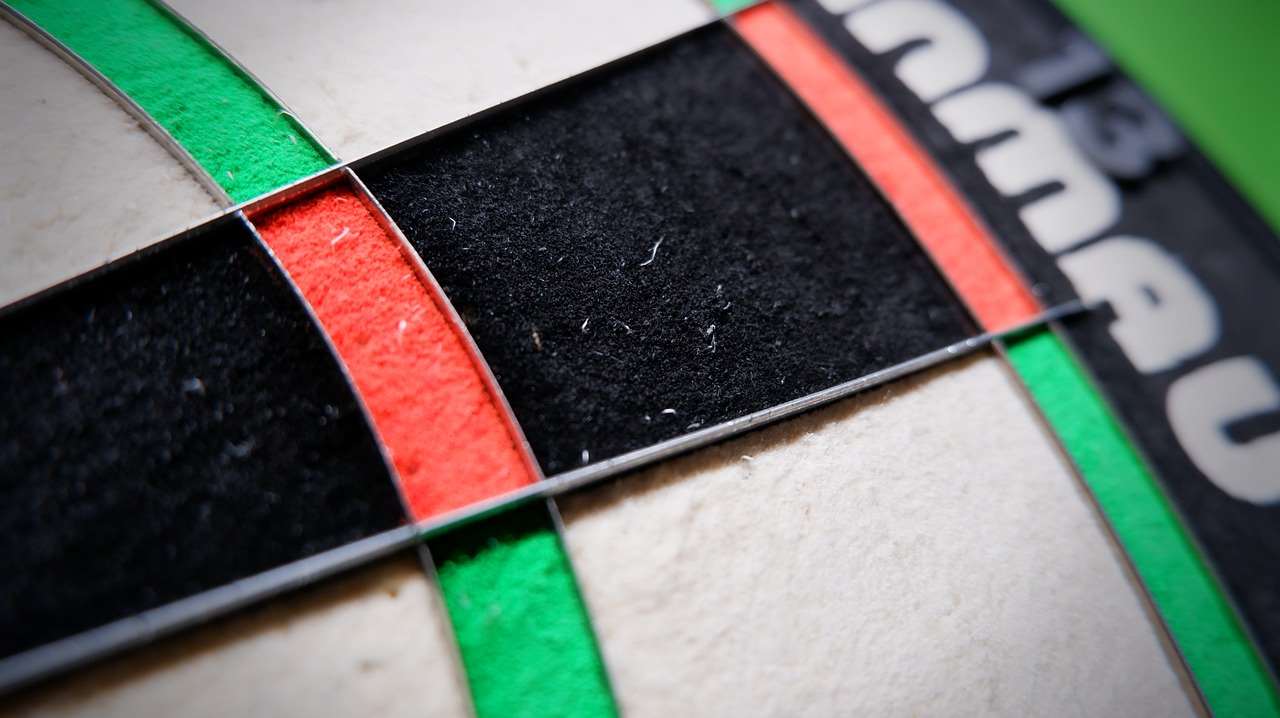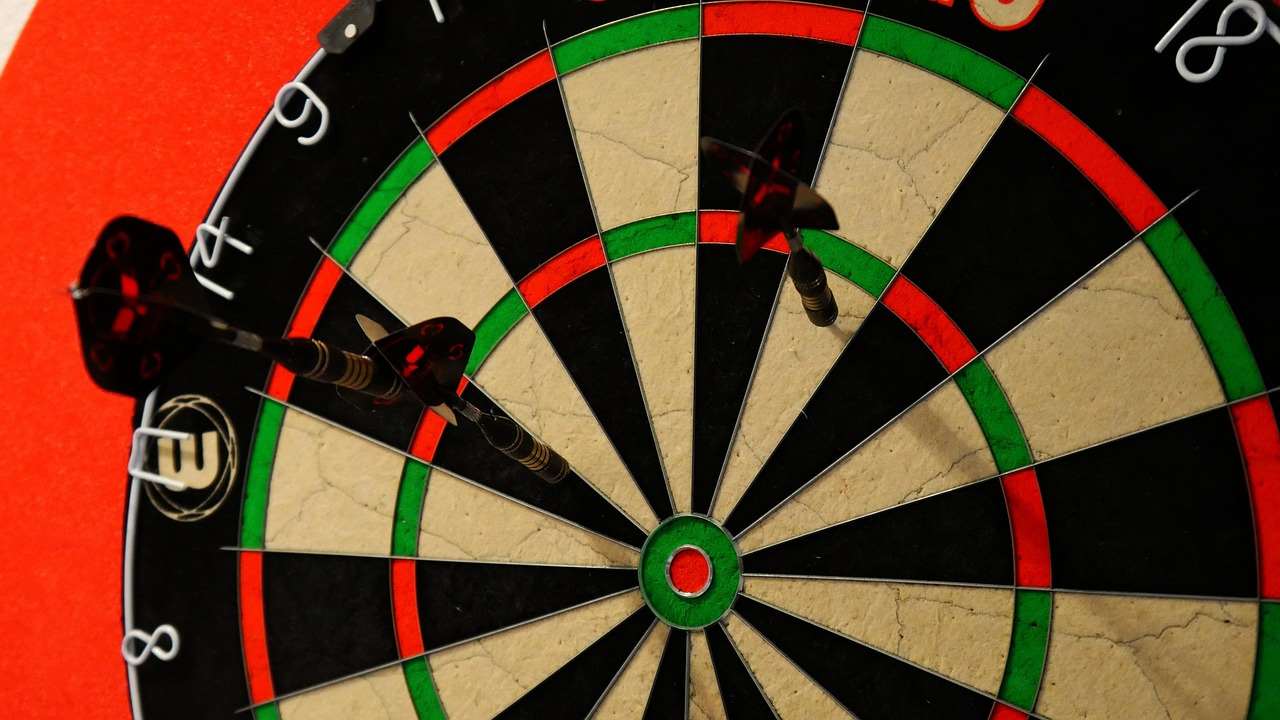Finding your darts starting point is crucial for success in this thrilling game. This article will help you understand the fundamentals, from setting up your dartboard to mastering basic throwing techniques, equipping you to confidently start your darts journey.
⚠️ Still Using Pen & Paper (or a Chalkboard)?! ⚠️
Step into the future! The Dart Counter App handles all the scoring, suggests checkouts, and tracks your stats automatically. It's easier than you think!
Try the Smart Dart Counter App FREE!Ready for an upgrade? Click above!
Before you even throw your first dart, understanding the proper setup is paramount. The darts starting point, in this context, encompasses more than just holding the dart; it includes the entire setup. Getting this right ensures consistency and accuracy, preventing bad habits from forming early on. A poorly positioned dartboard can significantly impact your game, leading to frustration and inconsistent scores.
The distance from the darts starting point, your oche, to the dartboard is standardized in professional play, but even for casual games, maintaining a consistent distance is vital. Regularly measuring the distance helps ensure consistency from game to game.
Choosing Your Darts Starting Point: The Oche
The oche is the line from which players throw their darts. The distance of the oche from the dartboard is critical; a too-close or too-far oche can significantly affect your aim and scoring ability. In professional games, the oche is precisely measured, but for casual games, consistency is key. Make sure you mark your oche clearly so that each game begins with a consistent darts starting point.

Measuring Your Oche
Use a measuring tape to ensure the distance from your darts starting point (oche) to the dartboard remains consistent. The standard professional distance is 7 feet 9 1/4 inches (2.37 meters), though this might vary slightly depending on the rules of your specific game or league. For home games, choosing a comfortable distance and sticking to it is more important than adhering to a precise measurement.
Consider using a permanent marker to delineate your chosen oche on the floor, ensuring each throw begins from a consistent darts starting point. This consistency is crucial for improving accuracy and developing good technique. You can find many videos online about setting up your oche for a variety of game types, and many dart leagues or pub darts leagues will have the oche marked out.
Essential Equipment for Beginners
While you can begin with very basic equipment, starting with good quality equipment can make all the difference. High-quality darts will provide a better grip and consistent weight, leading to improved accuracy from the outset. Investing in a quality dartboard is also beneficial; a good dartboard will last longer and provide a more consistent playing surface. The right equipment contributes greatly to establishing a solid darts starting point for your skill development.
- Darts: Start with a set of beginner-friendly darts. Many sets include a range of weights and designs so you can experiment.
- Dartboard: A sisal dartboard is recommended. It’s more durable and provides a better surface for accurate throws. A plastic dartboard is perfectly fine for casual home play, but sisal is preferred if you plan to play regularly.
- Oche (optional): Consider marking out your oche (darts starting point) with tape or paint on the floor for consistency.

Mastering the Grip and Throw
Your grip and throwing technique are fundamental aspects of your darts starting point. A poor grip can lead to inconsistency, while an improper throwing motion can result in inaccurate throws. There are many different grips to try out, the most popular being the forehand grip and the rearhand grip.
The Grip
Experiment with different grips to find what’s comfortable for you. A common recommendation is to hold the dart firmly but not too tightly, allowing for a smooth, controlled release. Avoid clenching your hand too tightly, which can lead to tension and inaccurate throws. The way you hold the dart is a crucial part of your darts starting point on the path to accuracy.
The Throw
Focus on a smooth, controlled throwing motion. Avoid jerky movements or abrupt stops. Instead, aim for a fluid, consistent action that results in a straight throw. Practice your throw multiple times to find a consistent approach from your chosen darts starting point. Using good quality darts as described earlier helps with this.
Practice makes perfect! Dedicate time to practice your technique. Start with short, easy throws, gradually increasing the distance as your accuracy improves. Start with the basics: concentrate on hitting the bullseye or a specific part of the board. Once you’ve established your darts starting point, focus on consistency. Consistent throws are far more important than powerful throws.
Common Mistakes to Avoid
Many beginners make common mistakes that hinder their progress. Avoiding these pitfalls from your darts starting point will significantly speed up your improvement.
- Gripping the dart too tightly: This leads to tension and inaccurate throws.
- Using an inconsistent throwing motion: Strive for a smooth, controlled throw every time.
- Not focusing on your target: Keep your eye on the target throughout the entire throwing motion.
- Throwing too hard: Accuracy is more important than power. Aim for a controlled, smooth throw.

Improving Your Game: Practice and Strategy
Once you’ve established your darts starting point and mastered the basic techniques, it’s time to focus on improving your game. Regular practice is essential. The more you play, the better you’ll become. Consider playing with friends or joining a local darts league to enhance your learning and improve your game. This will also give you opportunities to discover your best scoring techniques from your oche or darts starting point. Watching dart yt videos can also help you improve your skills.
Developing game strategies is another important aspect of improving your darts game. Consider focusing on specific scoring areas on the board and developing consistent approaches to achieving those scores from your darts starting point. Understanding the scoring system and working out scoring strategies is essential in winning any game.

Different Styles and Techniques
While there are basic techniques, remember that every player finds what works best for them. Experimentation is key to finding a style and technique that suits you, even if you’re working from the same darts starting point. There are many different throwing techniques that professionals utilize, and the only way to discover which is best for you is through trial and error.
Explore different grips, throwing styles, and stances. Finding a comfortable and consistent approach is more important than emulating a professional player’s style. Look at footage of professionals like Luke Littler, but don’t feel pressured to copy exactly what you see. The key is to find what suits your body and natural throwing style best.
Consider using a darts training board to hone your aim and consistency. These boards often feature different sized segments to help you improve your accuracy and focus on hitting specific areas of the board from your darts starting point.

Advanced Techniques and Game Strategies
As you improve, you can explore more advanced techniques and strategies. This includes learning about different scoring systems, understanding the value of doubles and trebles, and developing game plans to counter your opponent’s style of play. You can use a Mobile dart scorer to help you keep track of your game’s progress.
Learning how to consistently hit doubles and trebles from your chosen darts starting point is vital for finishing games strongly. Check out resources such as the SDart International Inc website for additional resources and insight.
Many dart players consider the darts oche Ally Pally the ultimate test of a player’s skill and control, with many professional players making this part of their training regime.
Learning to play 9 dart legs is the ultimate goal for many aspiring dart players, demonstrating unparalleled skill and precision.
Conclusion
Your journey in darts begins with establishing a solid darts starting point. This encompasses understanding the proper setup, choosing the right equipment, and mastering the fundamental throwing techniques. Remember, consistent practice and a focus on improving your technique are vital for success. Start with the basics, experiment to find what works best for you, and enjoy the process! You might even consider using darts scorer kamera to record and analyze your throws. So grab your darts, find your oche, and get ready to have some fun!
Hi, I’m Dieter, and I created Dartcounter (Dartcounterapp.com). My motivation wasn’t being a darts expert – quite the opposite! When I first started playing, I loved the game but found keeping accurate scores and tracking stats difficult and distracting.
I figured I couldn’t be the only one struggling with this. So, I decided to build a solution: an easy-to-use application that everyone, no matter their experience level, could use to manage scoring effortlessly.
My goal for Dartcounter was simple: let the app handle the numbers – the scoring, the averages, the stats, even checkout suggestions – so players could focus purely on their throw and enjoying the game. It began as a way to solve my own beginner’s problem, and I’m thrilled it has grown into a helpful tool for the wider darts community.